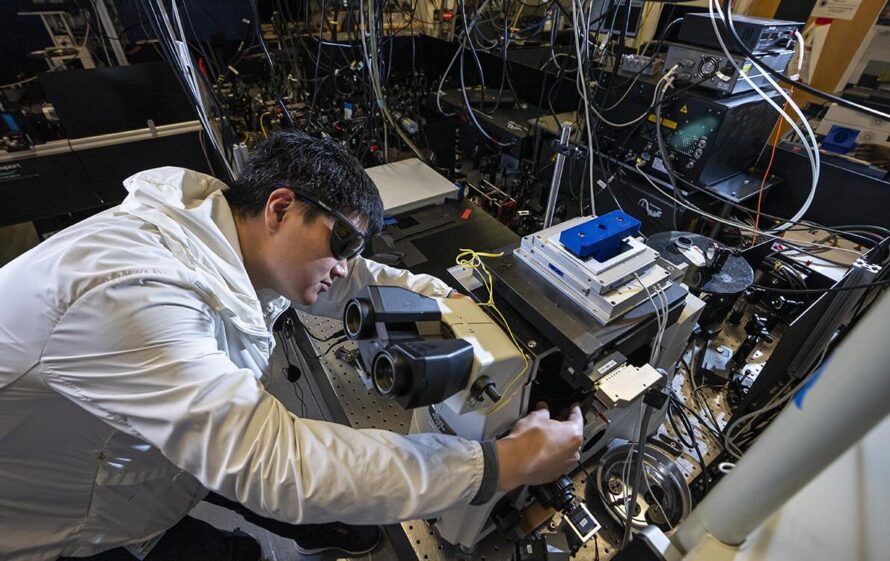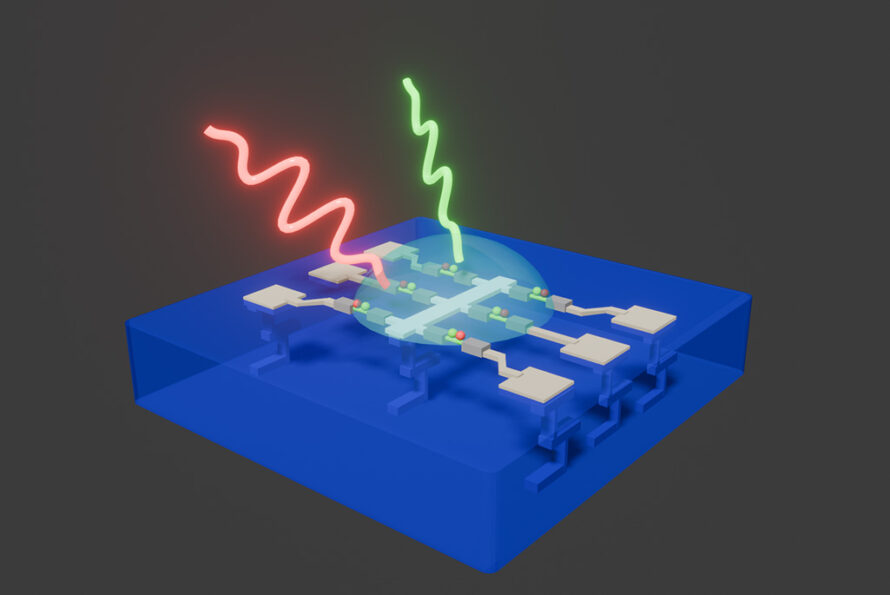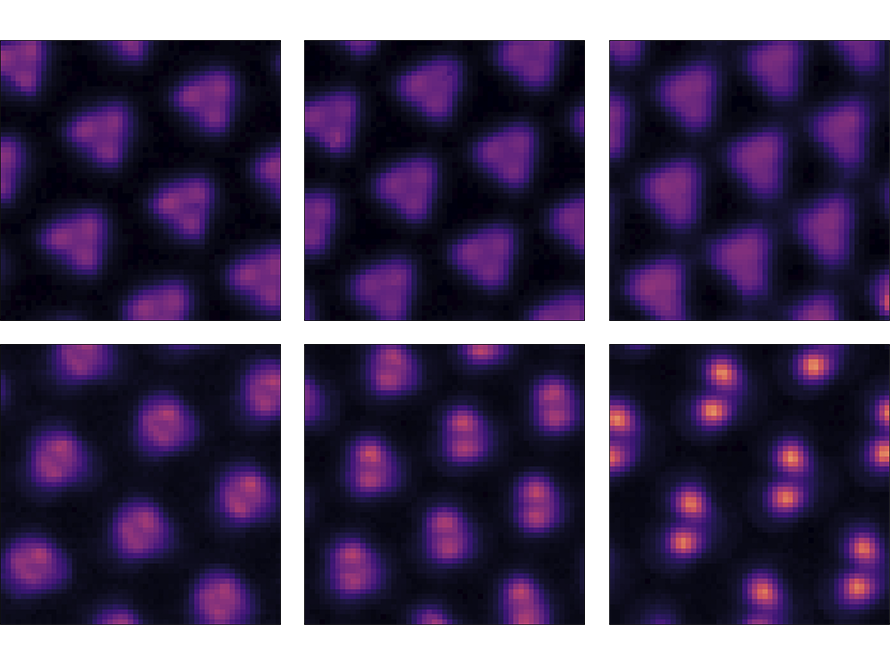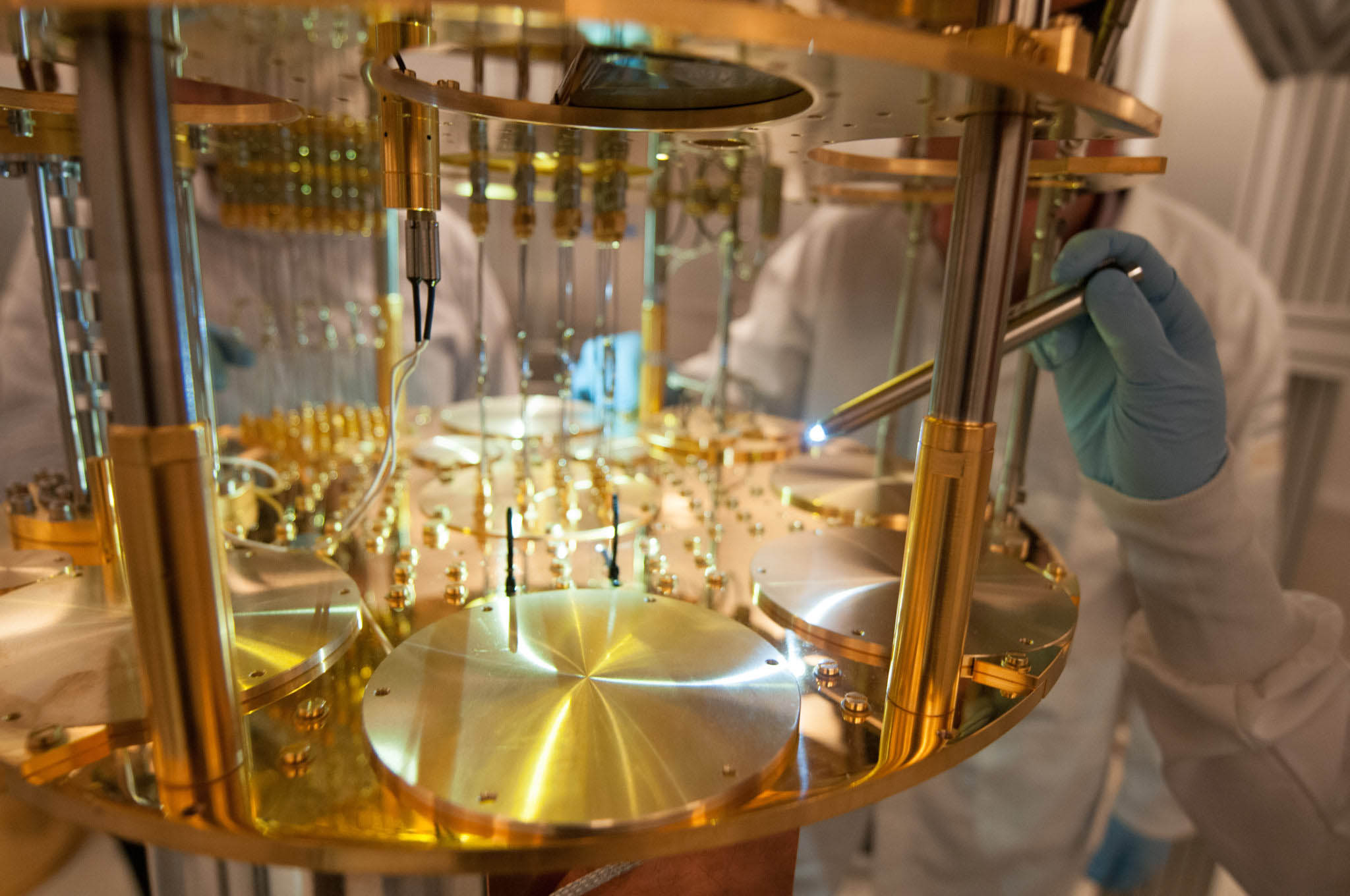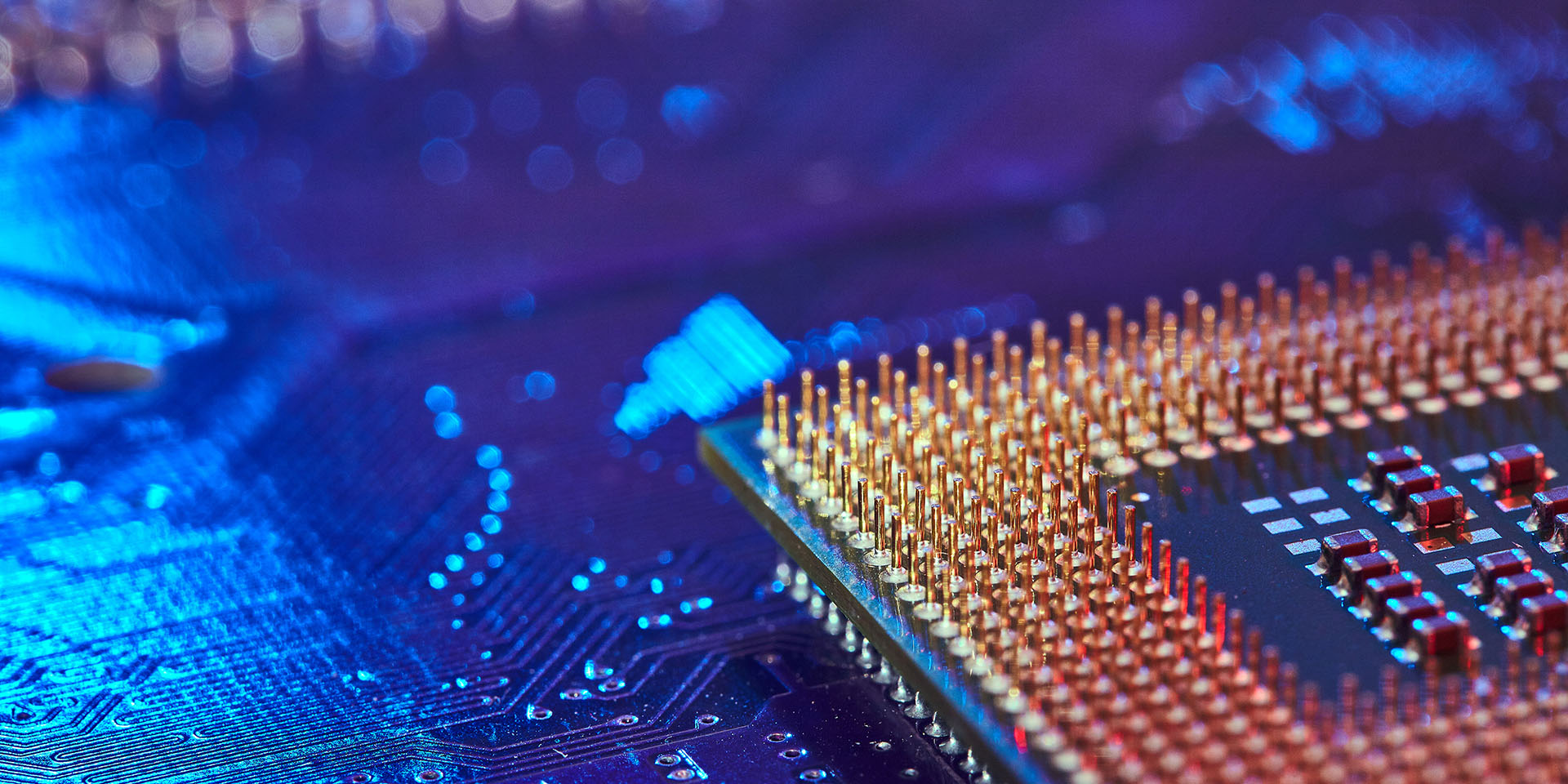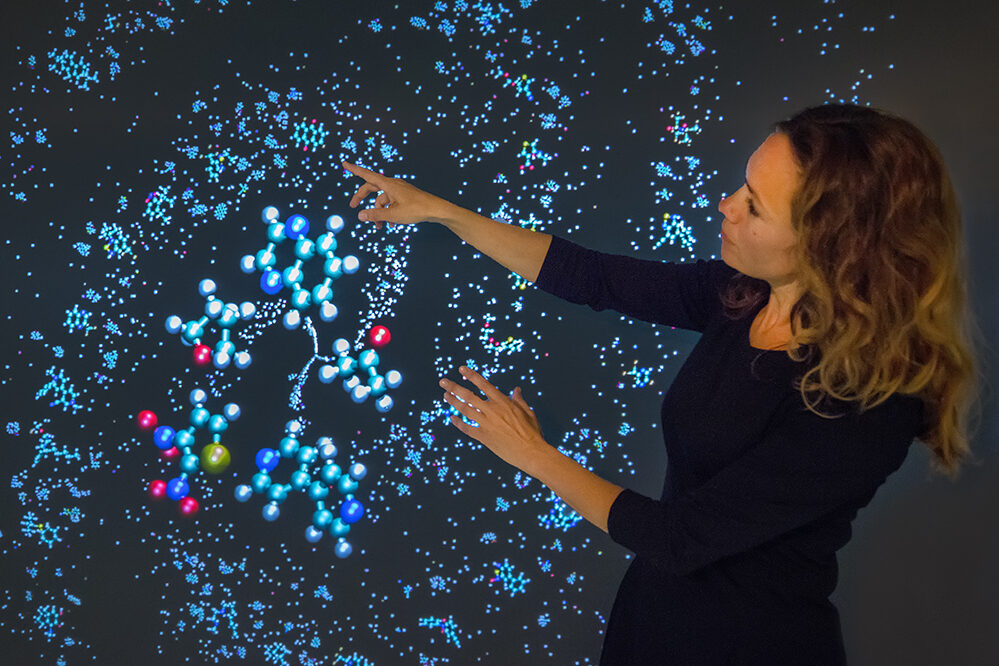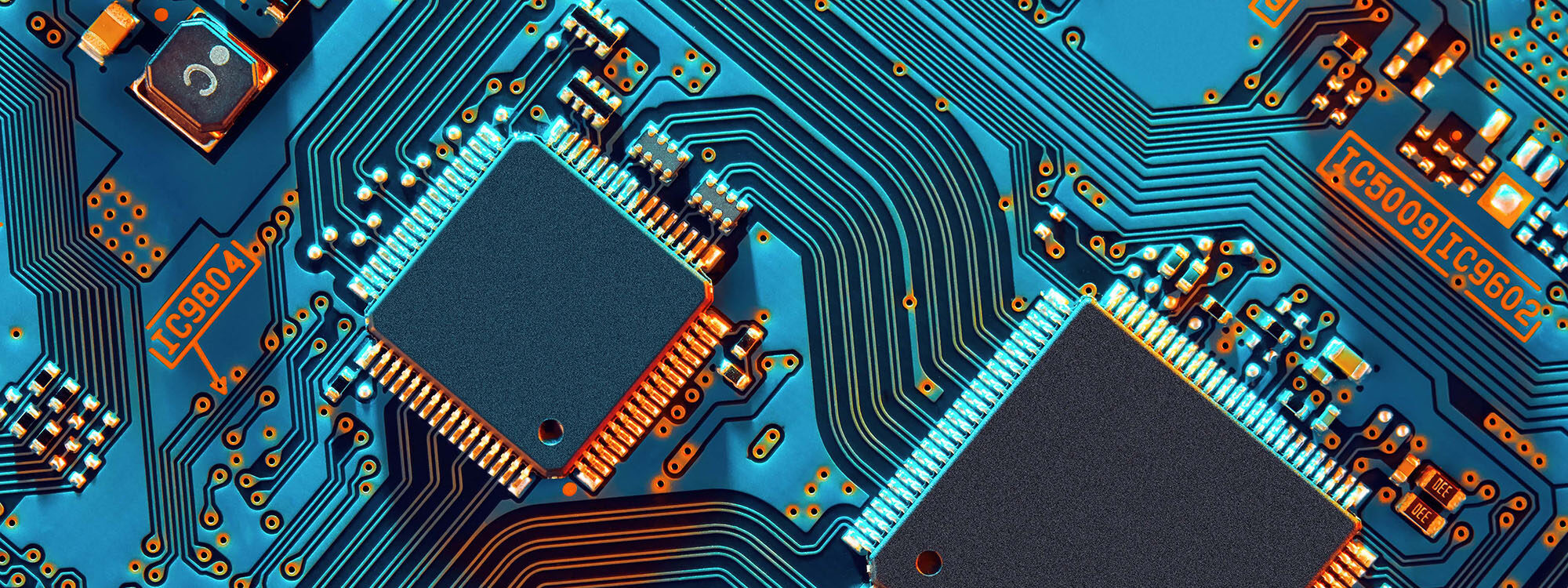As we reach the limits of Moore’s Law using silicon chips, the challenges of energy demand, global supply, and climate change demand a new approach. We’re partnering with industry, universities, and national labs to develop new materials and techniques for smaller, faster, and more energy-efficient microelectronics.

Devices and complementary metal-oxide semiconductor (CMOS) technology
Exploring, identifying, modeling, and demonstrating new materials and devices to achieve ultra-efficient computing and increased performance.
Advanced manufacturing and integration
Leveraging our expertise in extreme ultraviolet (EUV) lithography and materials to develop novel nanomanufacturing methods to increase chip density.
Architecture
Applying our expertise in advanced computing to exploit new devices, materials systems, and packaging technologies developed in the first two thrusts.
Programming models
Creating new paradigms integrated with the new systems that define how application designers interact with the machine.
Quantum materials research and discovery
Developing and understanding new synthetic materials and their electronic, spin, chemical, and physical properties.
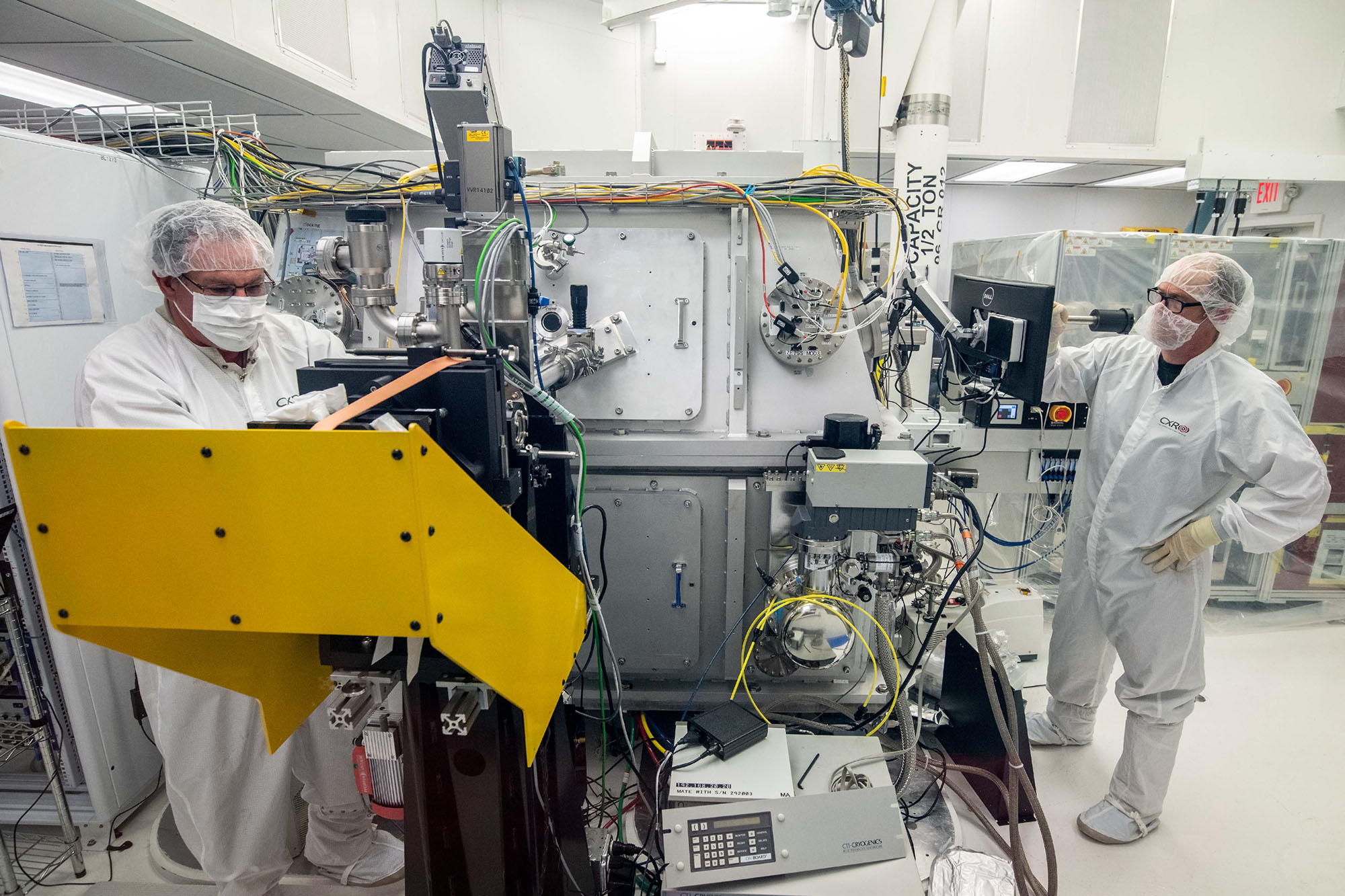
Developing EUV systems to address national needs in health, the environment, and semiconductor manufacturing.
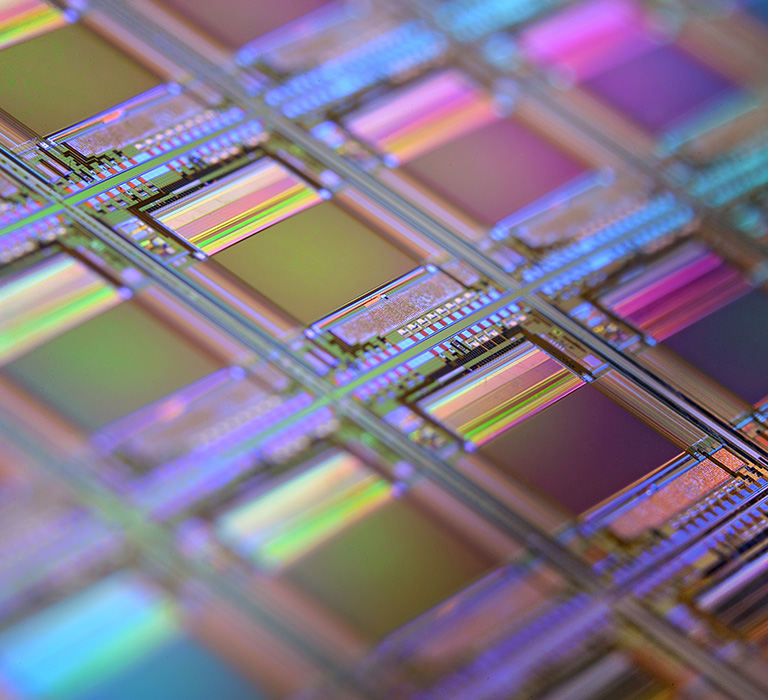
Creating a fundamental understanding and control of patterning processes for advanced manufacturing of future-generation microelectronics.
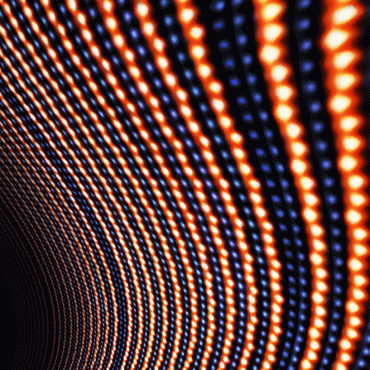
Exploring new physics leading to higher energy efficiency in computing.
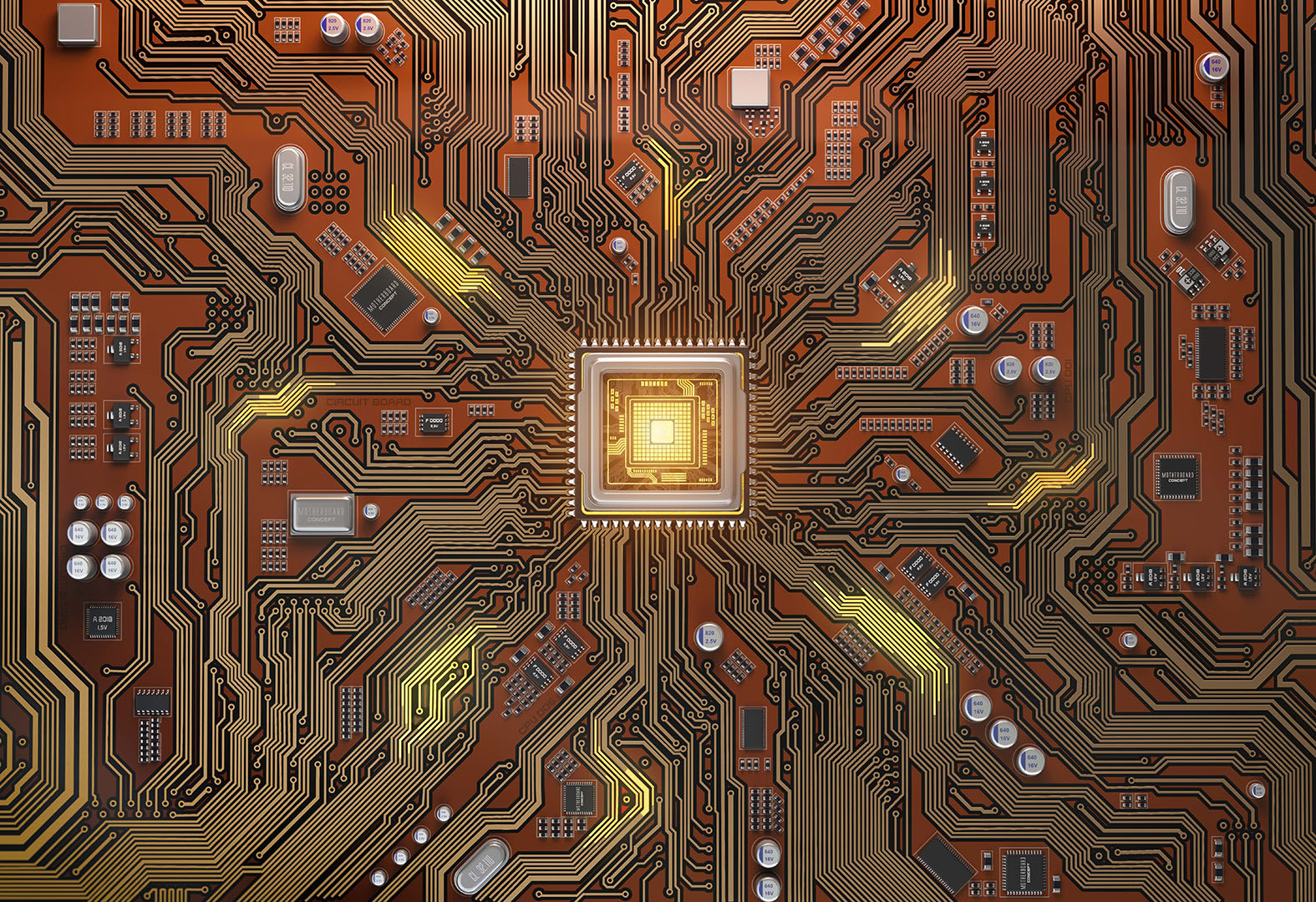
Developing nano-material layers to add new capabilities to CMOS chips.
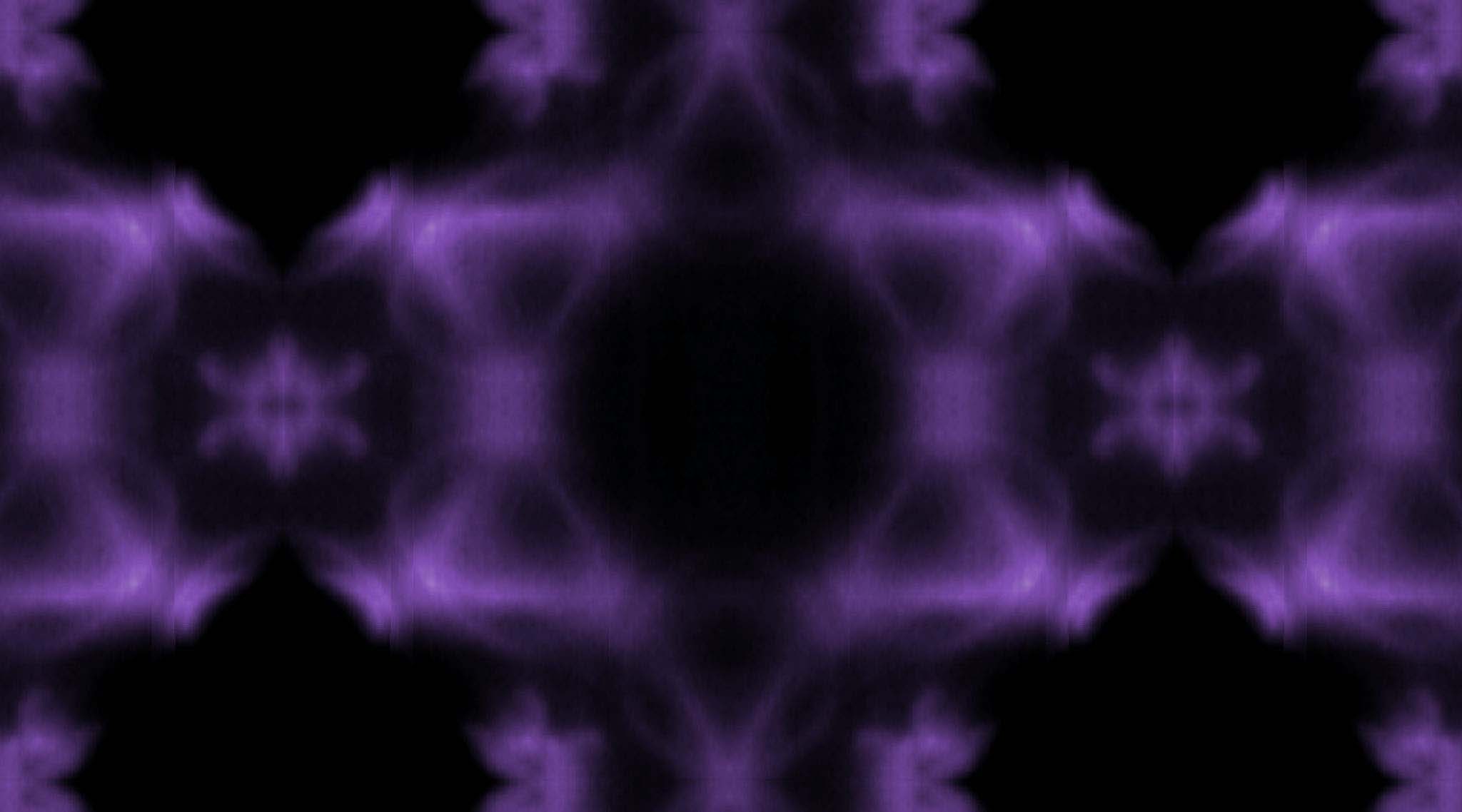
Dedicated to determining the electronic structure of materials at the mesoscopic (10–100 nm) scale.
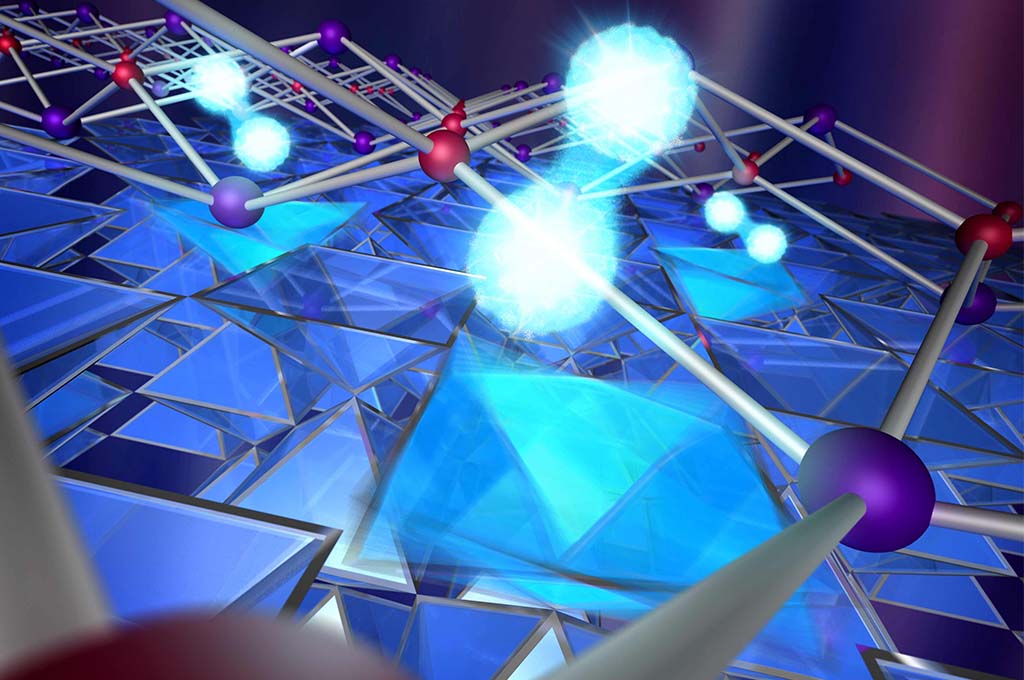
Investigating how next-gen electronic materials respond to pulses of intense light.
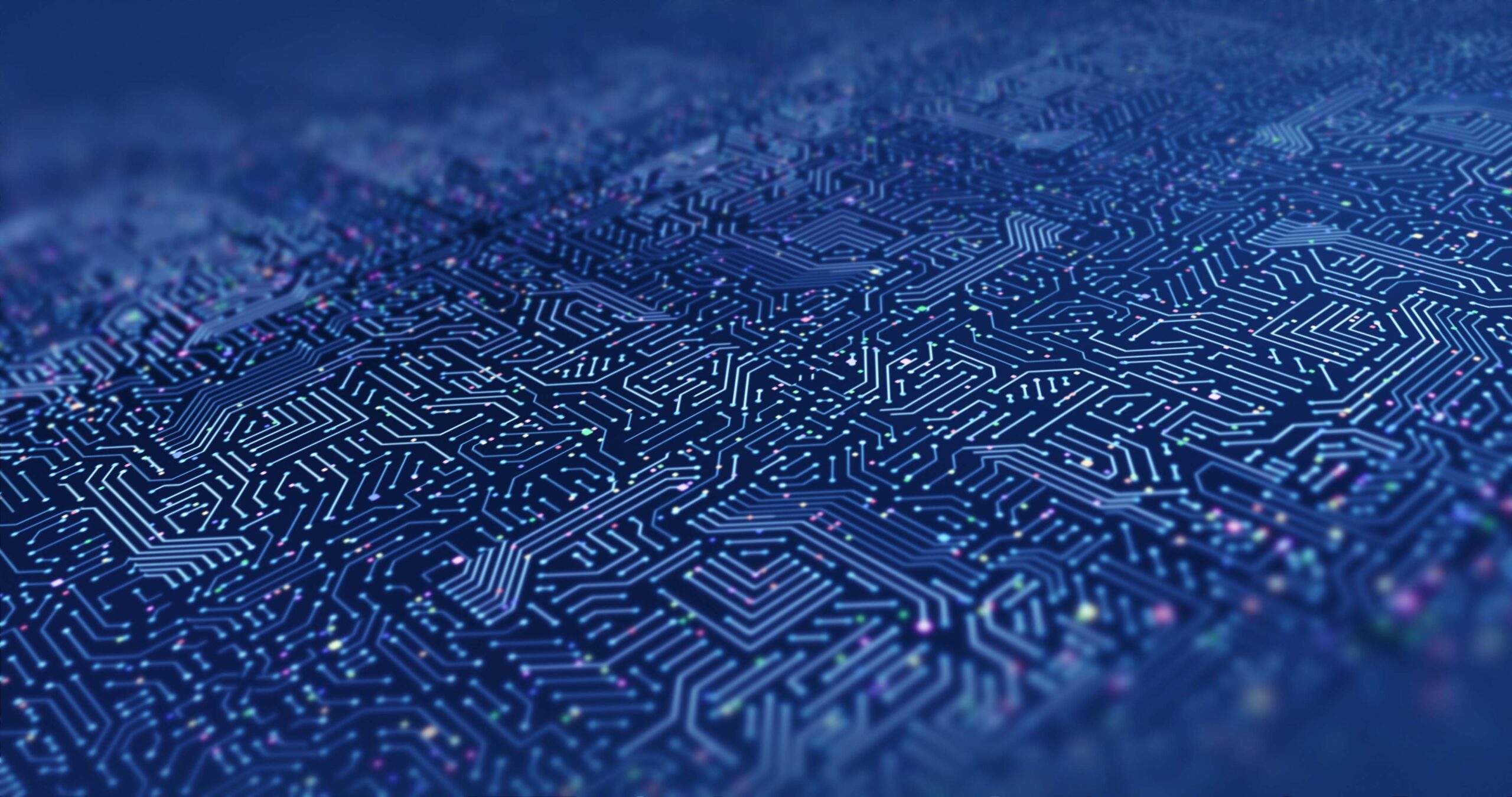
Developing semiconductors of novel composition and morphology for energy applications.
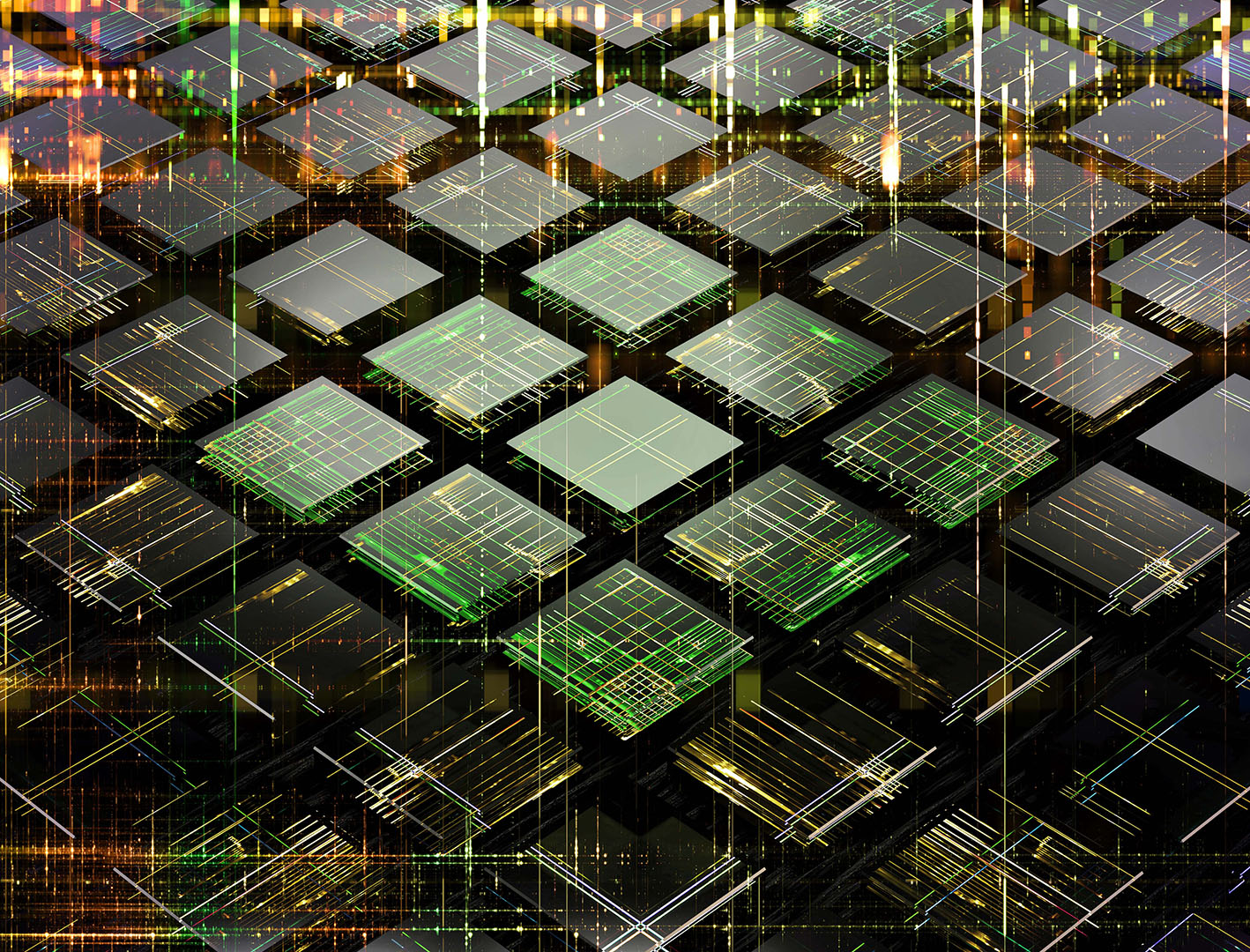
Illustrating the potential of purpose-built architectures as a potential future for high-performance computing applications.
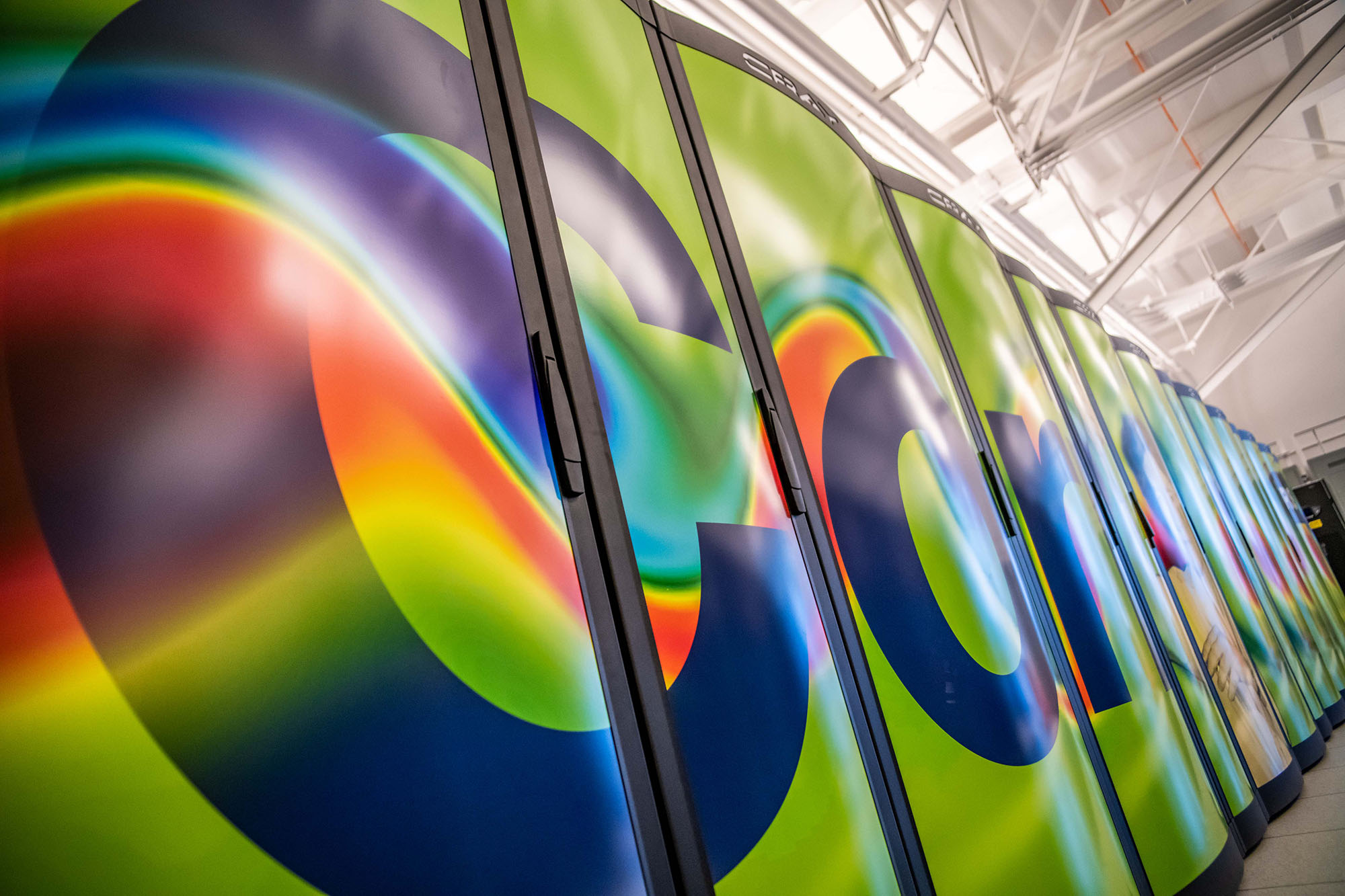
Developing tools to allow design and simulation of digital superconductor electronic circuits.
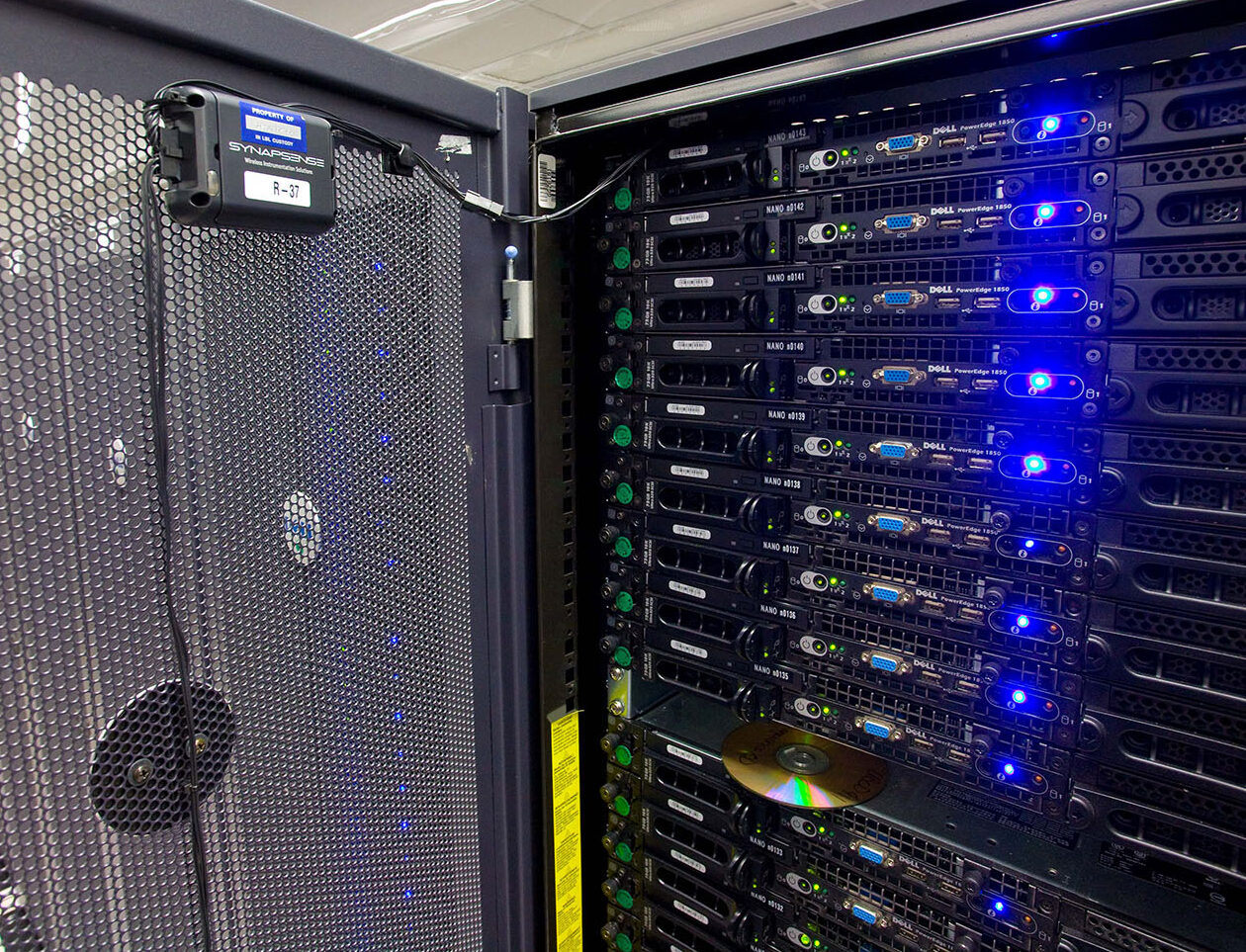
Developing an energy efficient, flexibly interconnected photonic data center architecture for extreme scalability.

Developing a set of vendor-agnostic architectural explorations to quantify value to the Department of Energy (DOE) and Department of Defense.

An open-source comprehensive method to evaluate emerging technologies.

Building a large-scale HPC framework to simulate post-Moore architectures built using emerging technologies.
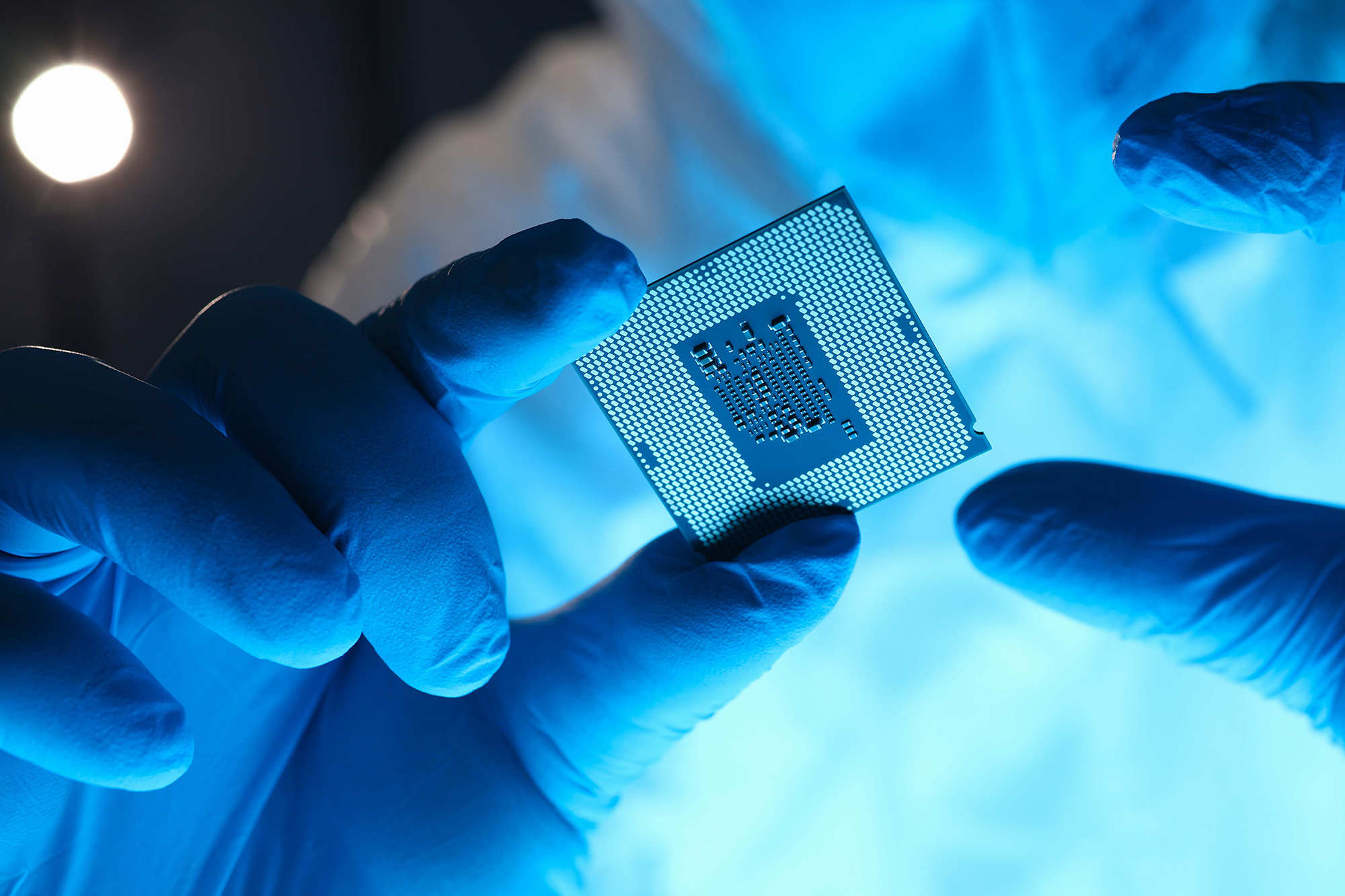
A full physical electromagnetic simulation framework for modeling next-generation microelectronics.
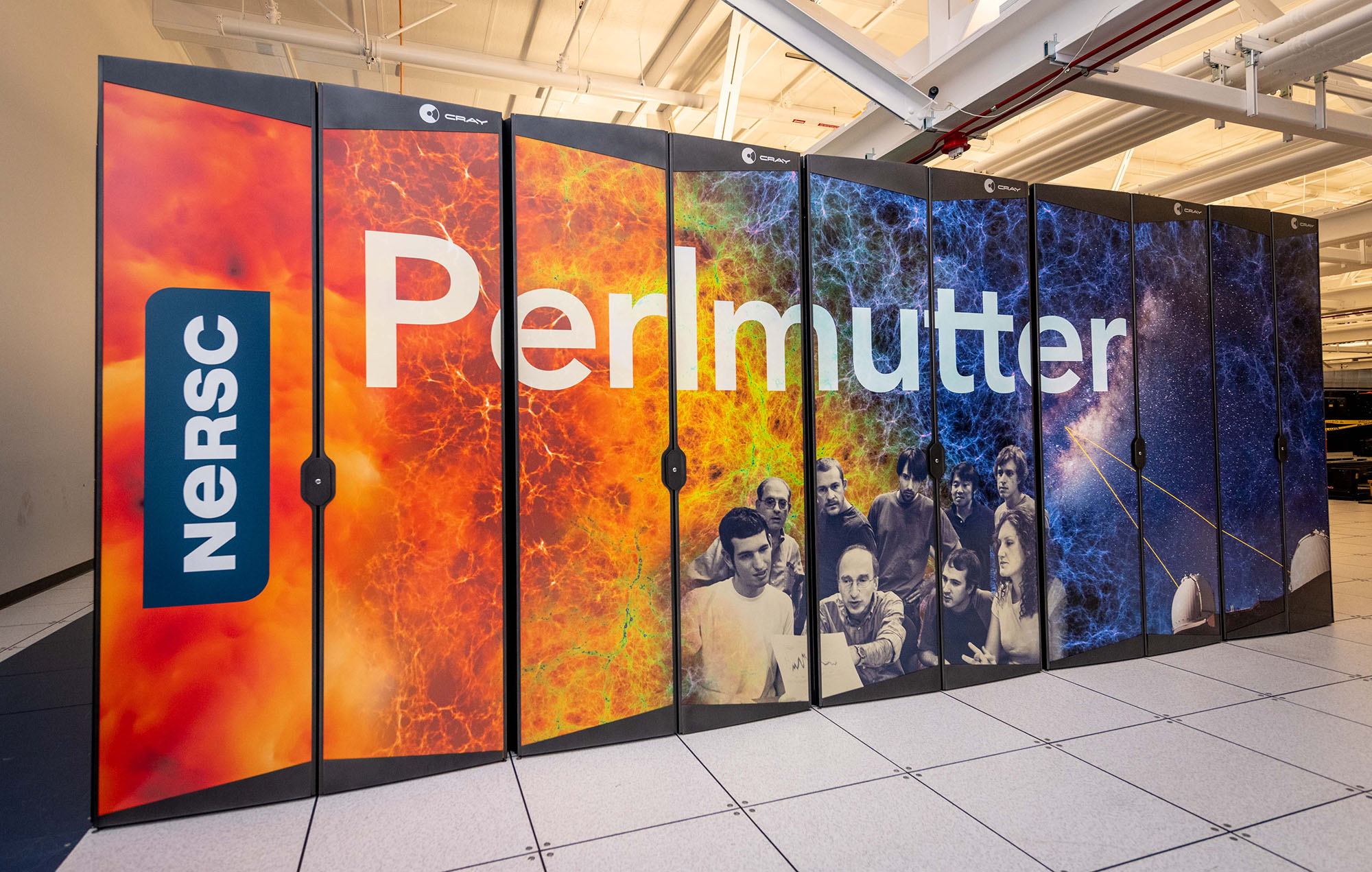
Enabling and supporting the development of next-generation HPC platforms and applications.

Accelerating innovation in materials research for batteries, solar cells, and computer chips.
We foster strong partnerships that guide innovations from the Lab toward the marketplace. See our microelectronics technologies.
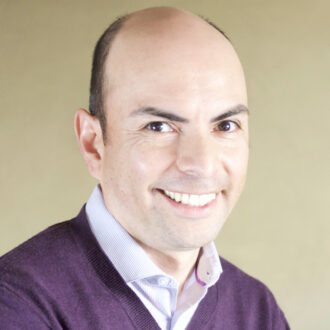
"The mission of the CHiPPS center is to create new fundamental understanding and control of patterning materials and processes with atomic precision. The goal is to enable the large-scale manufacturing of next-generation microelectronics."

"Our work shows that we need to go beyond the analogy of Lego blocks to understand devices made from stacks of disparate atomically-thin, two-dimensional materials. The seemingly distinct layers communicate through shared electronic pathways, allowing us to access and eventually design functionalities that are greater than the sum of the parts."
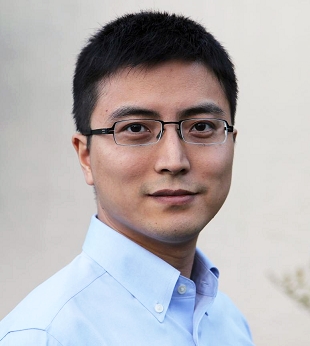
"We are interested in the topology of various photonic systems. We developed one of the first models that allow the understanding of the twist degree of freedom in moiré photonic structures and the prediction of novel optical properties in such systems."
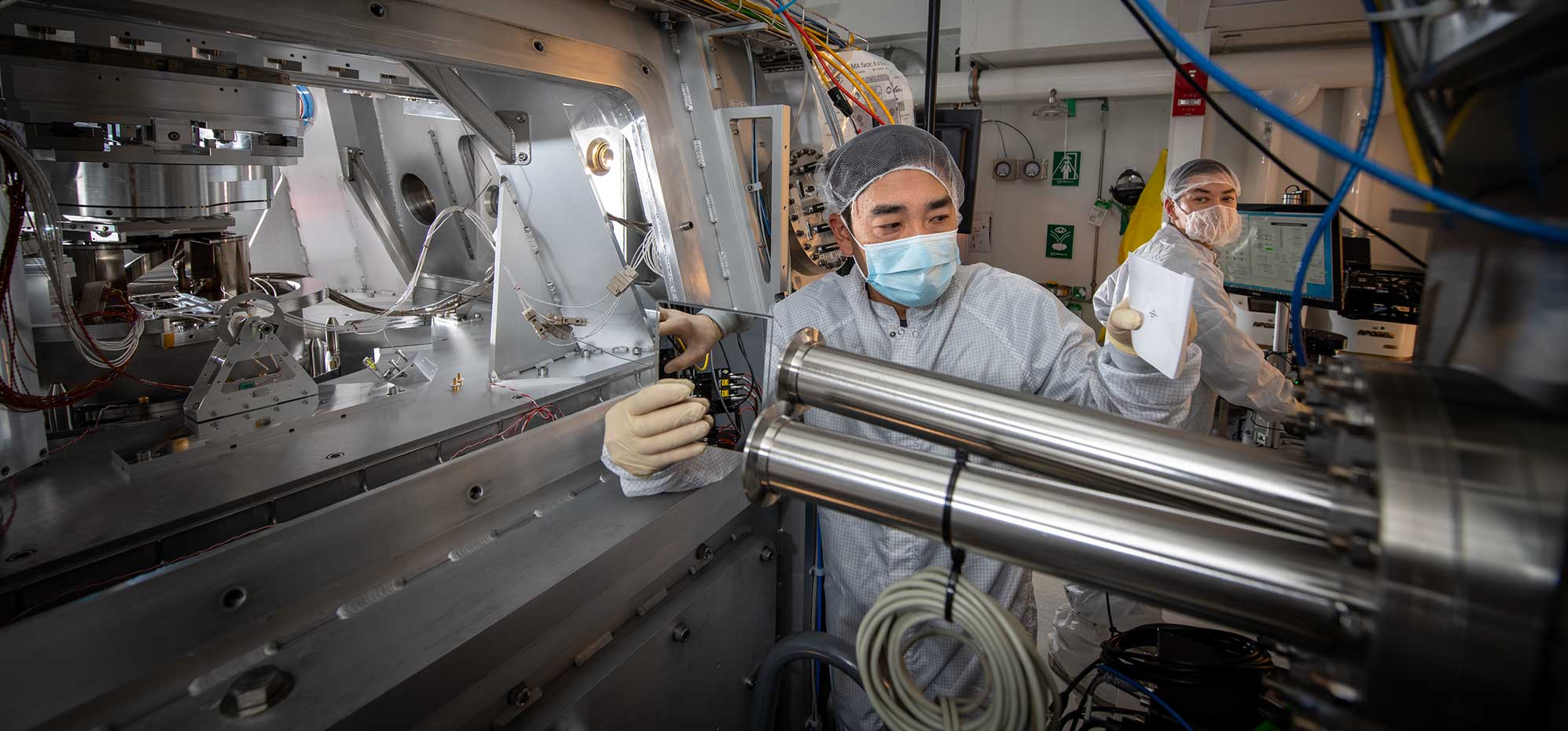
Berkeley Lab researchers have long partnered with industry, universities, and national labs to develop new materials and techniques for smaller, faster, and more energy-efficient microelectronics. Discover six ways Berkeley Lab is advancing microelectronics of the future.
Berkeley Lab staff scientist Maurice Garcia-Sciveres is leading a collaboration with UC Berkeley and Sandia National Laboratories to develop powerful light-sensing microchips. The team is leveraging their expertise in nano-materials and integrated circuit design to develop new materials and techniques for smaller, faster, and more energy-efficient microelectronics that can be used to address societal challenges.
In this 7-minute audio interview, listen as Bruno La Fontaine, director of the Center for X-Ray Optics (CXRO), discusses how scientists at CXRO and the Advanced Light Source helped pioneer a revolutionary approach to making microchips called extreme ultraviolet lithography.
